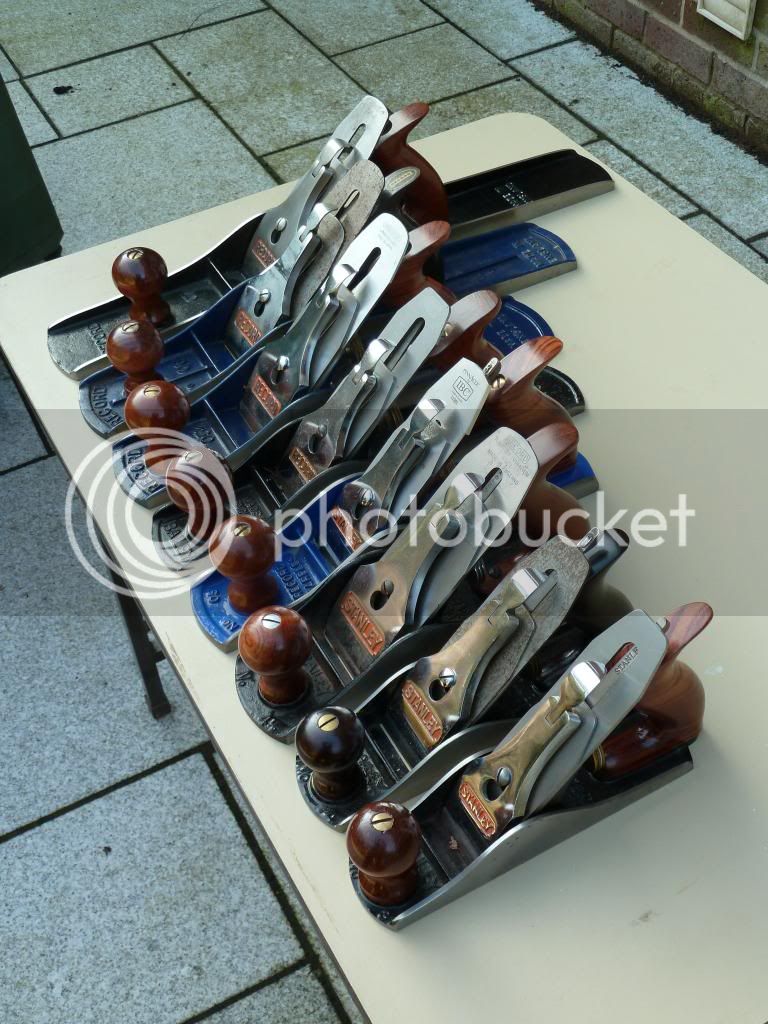J_SAMa
Established Member
Tony Spear":28mc5es4 said:Nothing to do with Quansheng, but I do have personal experience to indicate thet the Chinese will always build to a price.
In 1987/88, I was visiting the Shanghai Pump Works and saw some pumps for a Government funded irrigation project that, given a lathe and mill, together with basic sand-casting facilities, I could have built in my back yard! In the next workshop I was shown some very sophisticated boiler feed pumps for their latest 600MW super-critical power station that were as good as anything my company could have turned out in the U.S. or Italy - draw your own conclusions!
Hi Tony,
Well, what you saw was from 25 years ago, so I assume it's not going to apply now :wink: .
Sam



































